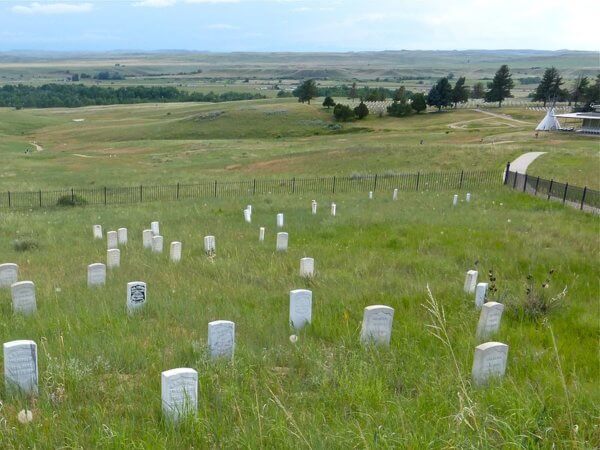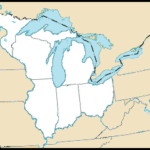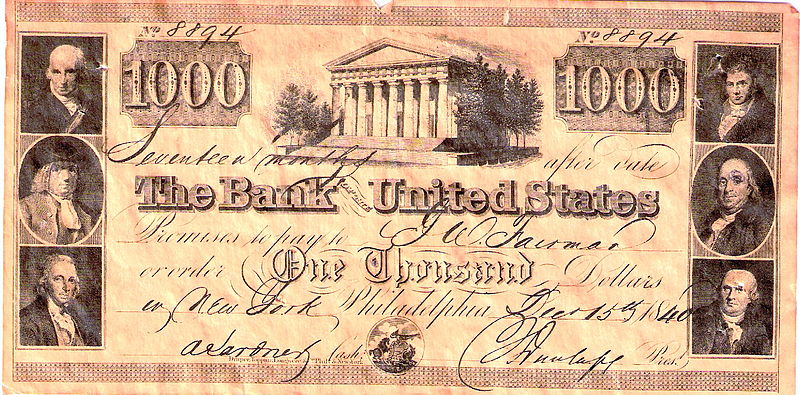
Also known as Custer’s Last Stand, the Battle of Little Bighorn was a short-lived victory for Native Americans against the United States government. As you prepare to answer Battle of Little Bighorn APUSH questions, be sure to focus on the causes and long-term effects of the conflict.
What is the Battle of Little Bighorn?
In 1874, gold was discovered in South Dakota. However, this finding provided a problem for the United States government. On the one hand, the gold found in the Black Hills of South Dakota had the potential to be a major economic boon for the United States; on the other, however, the Black Hills represented areas that were sacred to the Sioux, as well as provided valuable natural resources. Furthermore, the Black Hills were in the area designated for the Sioux according to the Treaty of 1868. Ignoring these previous land treaties, the 7th Cavalry of the United States army invaded the territory, intending to claim its resources for the United States. The government tried to force the Native Americans living there onto reservations, but this was met with resistance, leading to the Great Sioux War of 1876.
The Battle of Little Bighorn was a major battle in this war. Sitting Bull amassed thousands of Sioux and Cheyenne warriors to stand against the U.S. forces in Little Bighorn Valley. Under the leadership of Lieutenant Colonel George Armstrong Custer, the force of 300 U.S. soldiers were badly defeated by over 2,000 Native Americans.Little Bighorn is also sometimes called “Custer’s Last Stand.” After this defeat (and the Battle of the Rosebud earlier in June 1876), the United States Army sent more troops to defeat and push back the Sioux and Cheyenne.
Important years to note for the Battle of Little Bighorn:
- 1875: Gold is discovered in South Dakota
- 1876: The Great Sioux War (including the Battle of Little Bighorn)
Why is the Battle of Little Bighorn so important?
The Battle of Little Bighorn was a decisive victory for the Sioux in the short term, but in the long term, it only worsened relations between Native Americans and the U.S. government. Following the battle, the government increased its efforts to drive Native Americans off of their lands and onto reservations. Within five years of the Battle of Little Bighorn, almost all Sioux and Cheyenne would live on reservations.
Who are some historical people related to the Battle of Little Bighorn?
- Sitting Bull: Sioux chief who led the Native American forces in the Battle of Little Bighorn
- Crazy Horse: Another important Sioux leader
- Lieutenant Colonel George Armstrong Custer: Leader of the U.S. Army at the Battle of Little Bighorn
 |
 |
What is an example Battle of Little Bighorn APUSH question?
“The soldiers charged the Sioux camp about noon. The soldiers were divided, one party charging right into the camp. After driving these soldiers across the river, the Sioux charged the different below, and drive them in confusion; these soldiers became foolish, many throwing away their guns and raising their hands, saying, ‘Sioux, pity us; take us prisoners.’ The Sioux did not take a single soldier prisoner, but killed all of them; none were left alive for even a few minutes. These different soldiers discharged their guns but little.”
-Account of the Battle of Little Bighorn by Chief Red Horse, 1881 (Source)
The Battle of Little Bighorn resulted in
A) a decisive victory for the U.S. Army over the Native American forces.
B) additional lands being granted to the Sioux following their victory in the battle.
C) more peaceful relations between the U.S. government and Native Americans in the region.
D) more aggressive government measures to place Native Americans on reservations.
Answer:
The correct answer is (D). The Native Americans easily won the Battle of Little Bighorn. The defeat led the United States to retaliate with even stronger force and increase their efforts to drive Native Americans onto reservations, changing the terms of earlier land treaties.






Leave a Reply